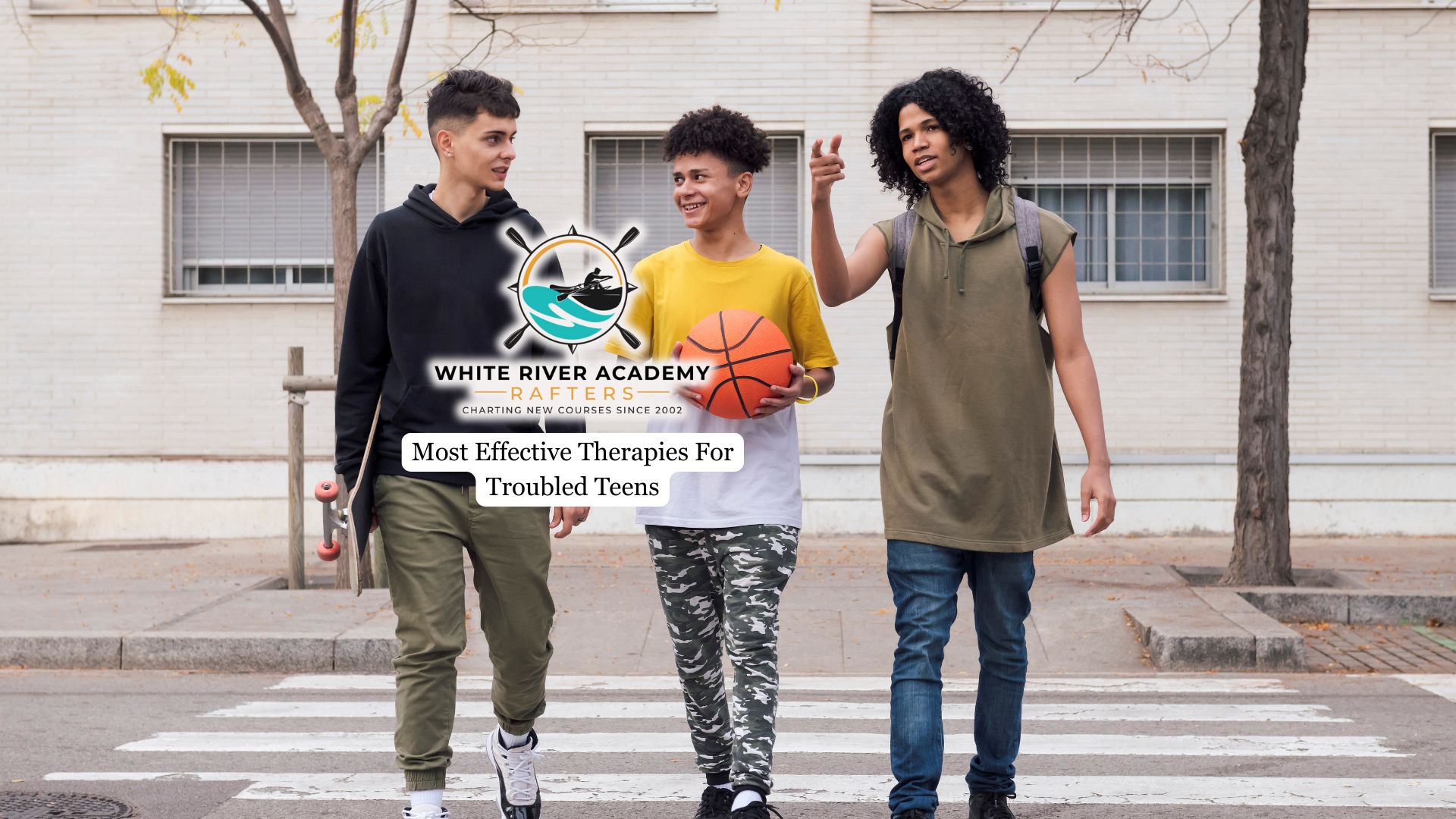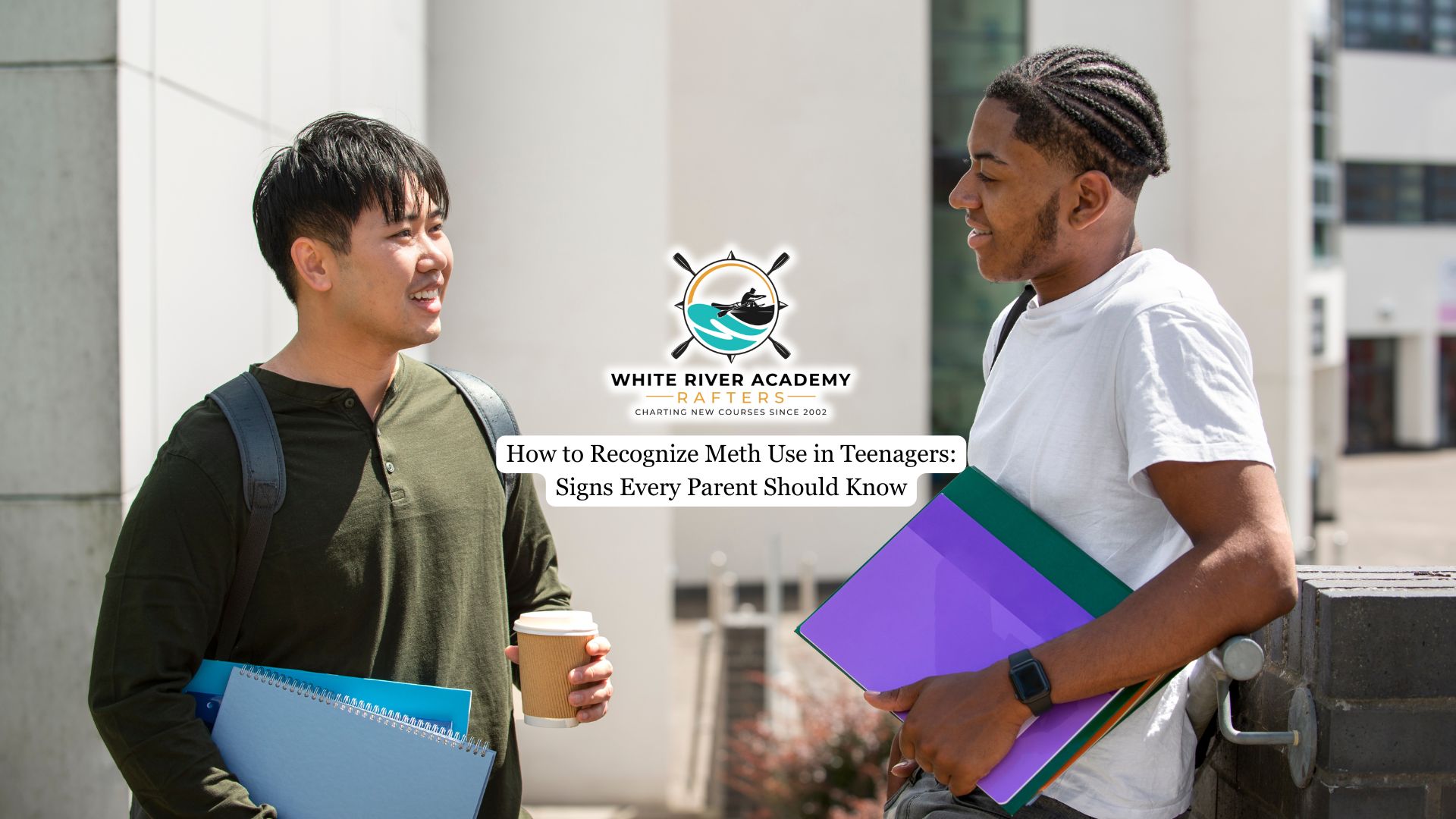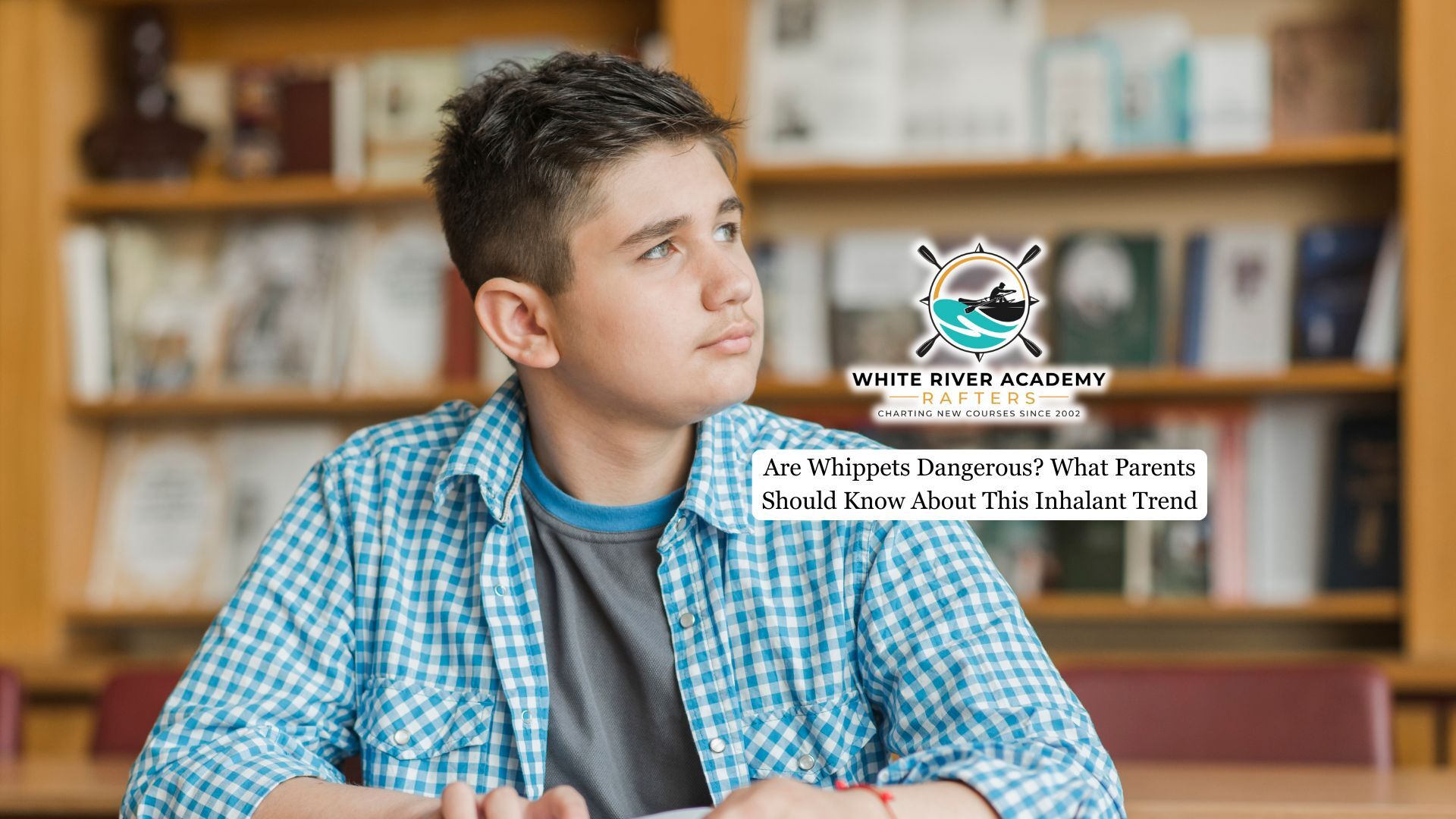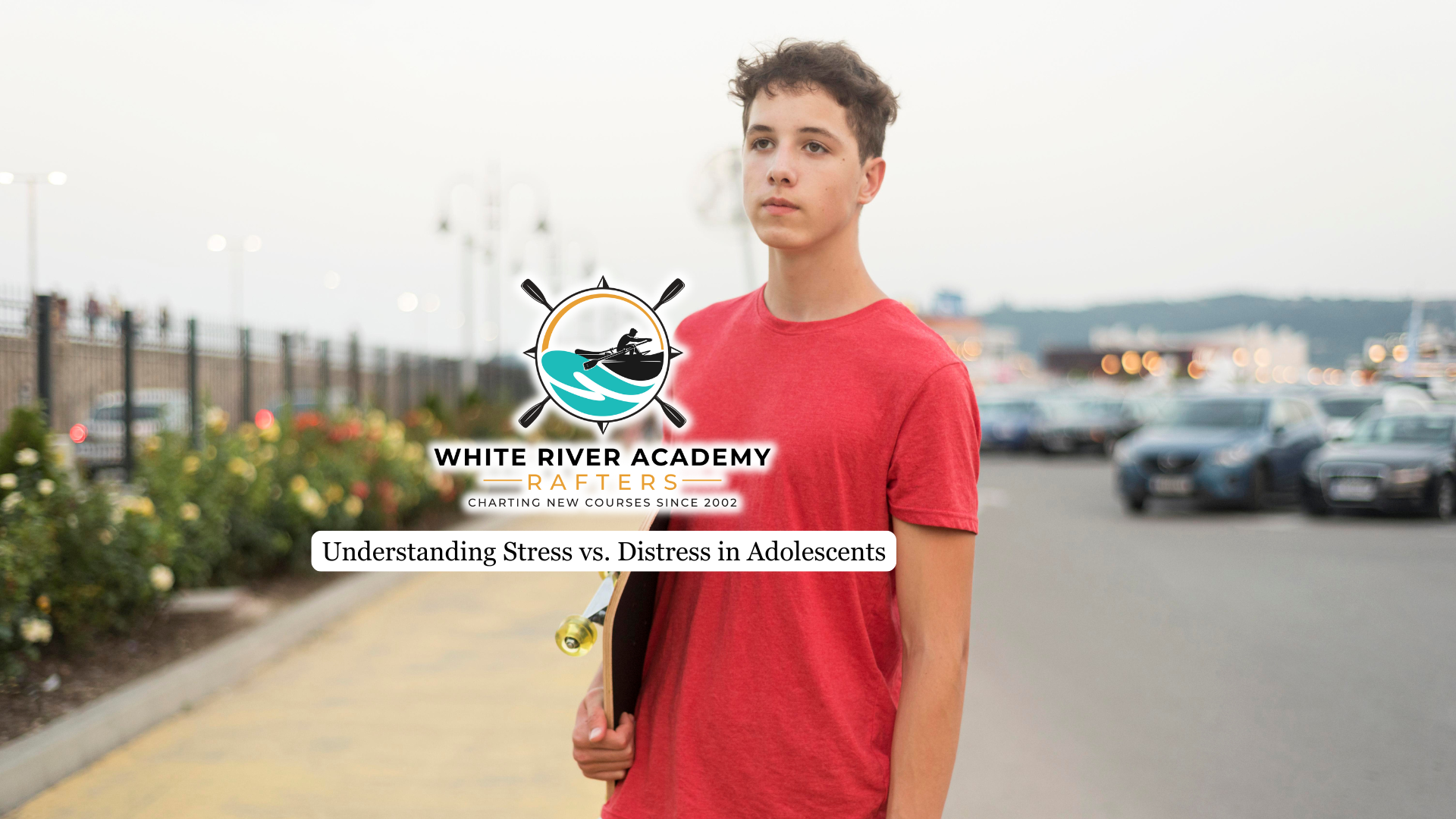Adolescents experiencing emotional distress, behavioral challenges, or substance use issues often benefit from structured, evidence-based interventions. With multiple therapy models available, it can be difficult for families to determine which approach is most appropriate.
This article lists down the most effective therapeutic modalities for troubled teens that are widely used in adolescent mental health and addiction treatment settings.
Teen Cognitive Behavioral Therapy (CBT)
Teen CBT is one of the most effective therapies for adolescents struggling with depression, anxiety, trauma, or behavioral issues. This structured, evidence-based approach helps adolescents recognize and reframe negative thought patterns that fuel emotional distress.
Through a combination of individual sessions, practical exercises, and at-home practice, teens learn healthier ways to cope with stress, solve problems, and improve their mood. Parents are often included in the process to support skill-building outside of therapy. CBT has been widely proven to reduce symptoms and promote long-term emotional resilience in teens.
At our troubled boys therapeutic program in UT, we integrate CBT as a core component of care, combining clinical structure with family involvement to help teens heal and thrive. By supporting both teens and their families, we ensure that progress made in therapy carries into everyday life.
Dialectical Behavior Therapy for Adolescents (DBT-A)
DBT for adolescents (DBT-A) is a specialized treatment for teens dealing with intense emotions, self-harm, or suicidal thoughts. It combines individual therapy, group skills training, and family involvement to teach teens how to regulate emotions, tolerate distress, and improve communication. DBT is especially effective for high-risk teens with complex mental health or behavioral concerns. It significantly lowers the risk of self-injury and improves emotional stability, making it a top choice in teen mental health treatment.
Family & Systems-Based Models (MST, SFT)
Multisystemic Therapy (MST) and strategic family therapy incorporate the adolescent’s home, school, and community systems into treatment. MST bridges family dynamics, peer environment, and individual behavior through a structured, evidence-based model.
Studies indicate MST significantly reduces delinquency, substance misuse, and psychiatric symptoms in teens with complex behavioral patterns. Strategic family therapy has also been effective in reshaping interaction patterns linked to conduct problems and addiction.
Art and Expressive Therapies
When verbal therapy falls short, expressive arts therapies provide a powerful, nonverbal path to healing. Through painting, drawing, or sculpture, teens explore emotional experiences that may be hard to articulate.
These therapies support emotional regulation by allowing teenagers to process and release troubling feelings in a safe and judgment-free environment. They also foster communication and self-exploration, helping teens discover their identities and build coping mechanisms that replace negative behaviors. As a plus, such therapies have been shown to reduce symptoms of anxiety, depression, and trauma, while enhancing self-esteem and resilience

Choosing the Right Approach for Your Teen
Treatment selection depends on your teen’s core challenges:
- CBT: recommended for anxiety, depression, and distorted thought patterns.
- DBT-A: ideal for emotional dysregulation, self-harm, or co-occurring substance issues.
- Family-based interventions (like MST or strategic therapy): beneficial when systemic factors—family conflict, peer pressure, community stress—are involved.
- Expressive therapies: effective when adolescents struggle to verbalize internal experiences.
Consulting a mental health professional specializing in adolescent care can personalize therapy choices and optimize outcomes.
What to Expect from Therapy
Therapy typically begins with an intake assessment to clarify mental health, substance use, trauma, and family dynamics. A tailored plan may include individual sessions, group skills work, family therapy, and homework to reinforce learning.
Progress is evaluated regularly, ensuring adjustments as needed. Parental involvement is frequently encouraged to support home-based practice of therapeutic skills.
Final Thoughts from White River Academy
Therapy that truly works for troubled teens addresses emotional patterns, trauma, family dynamics, and healthy coping—all tailored to the adolescent’s needs. Whether your teen is battling anxiety, emotional dysregulation, behavioral outbursts, or substance use, there is a proven therapeutic intervention to help them move toward stability and emotional growth.
At White River Academy, our troubled teen treatment program in Utah integrates evidence-based therapies like CBT, DBT-A, family systems work, and expressive arts within a structured residential setting. We help teens and young men break cycles of addiction, build emotional resilience, and develop healthier behaviors in a peer-supported environment.




